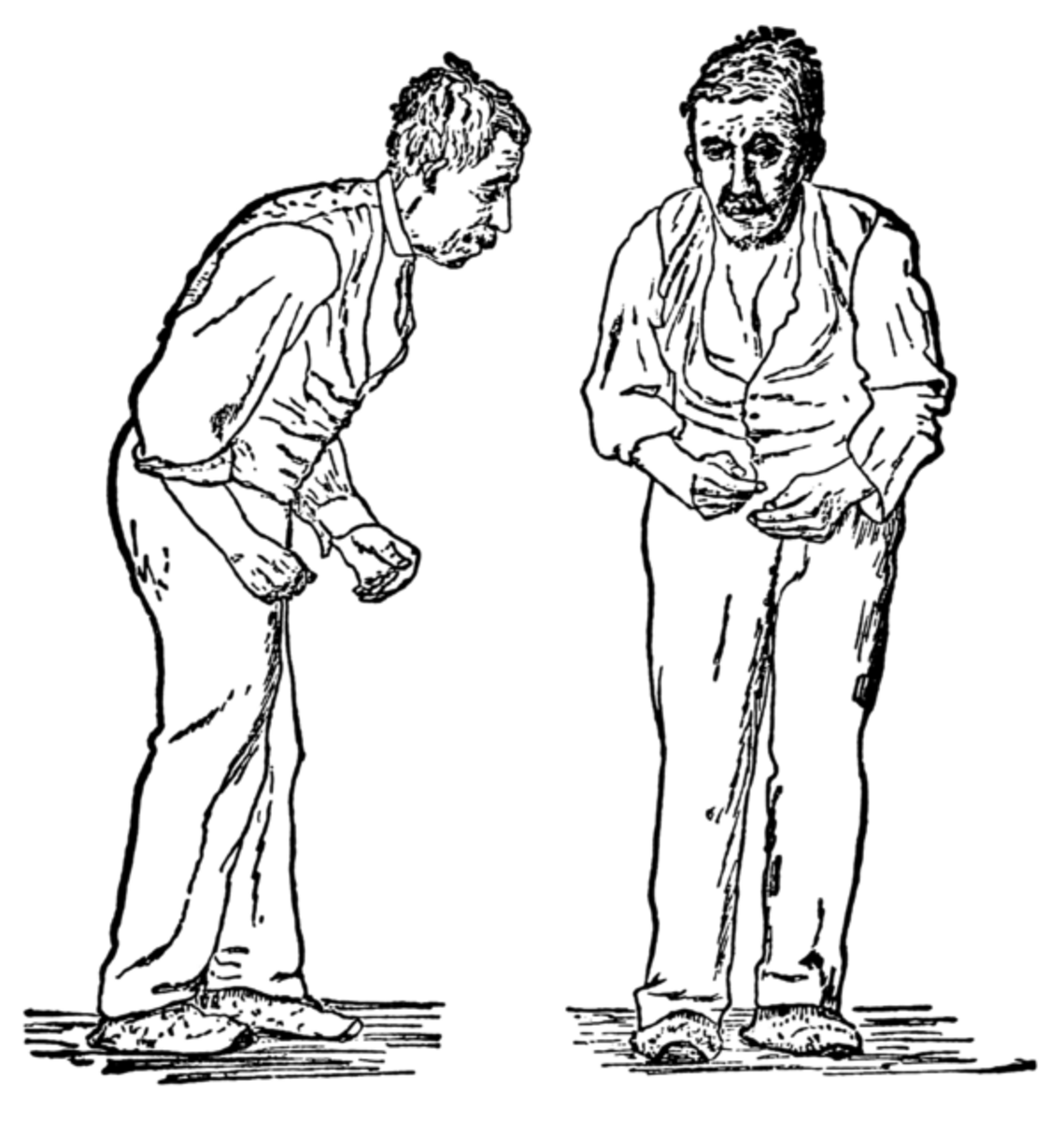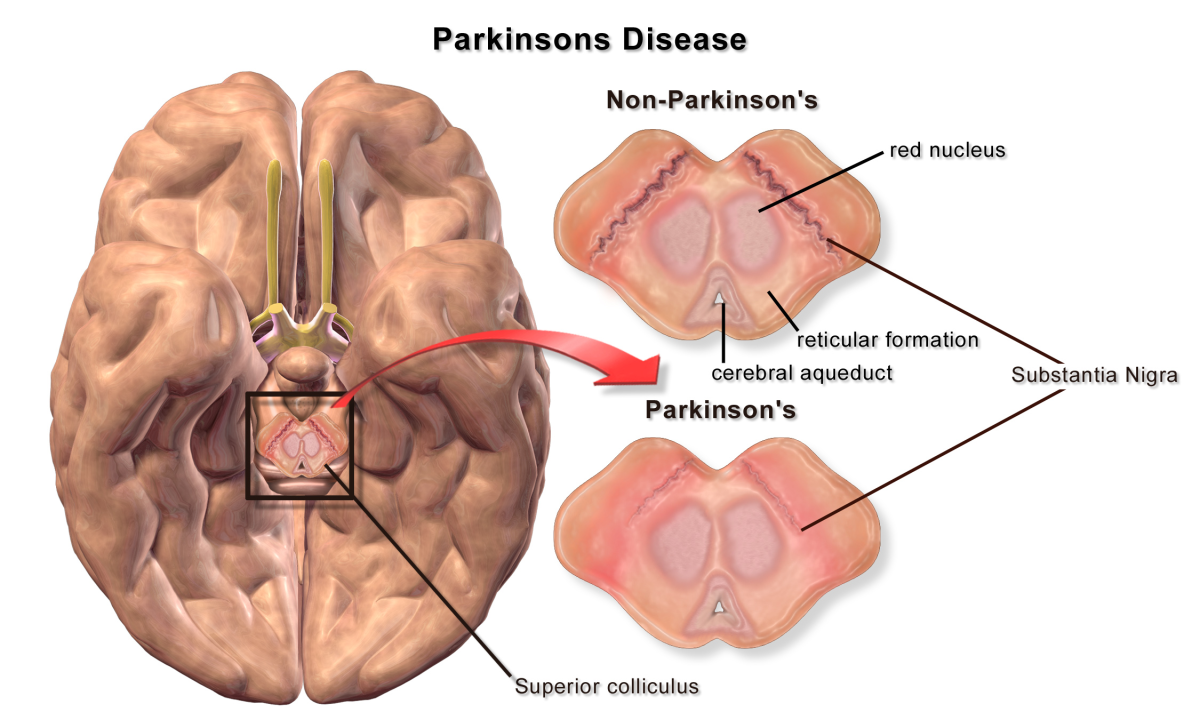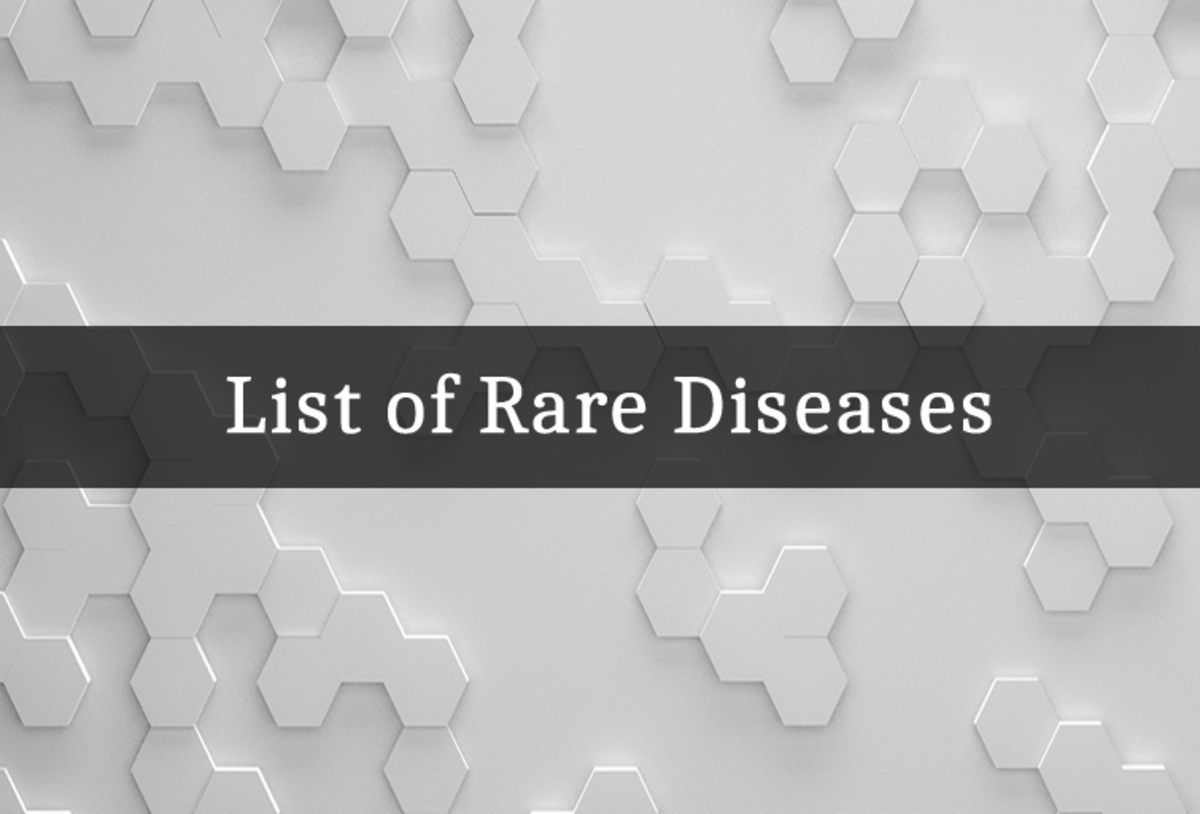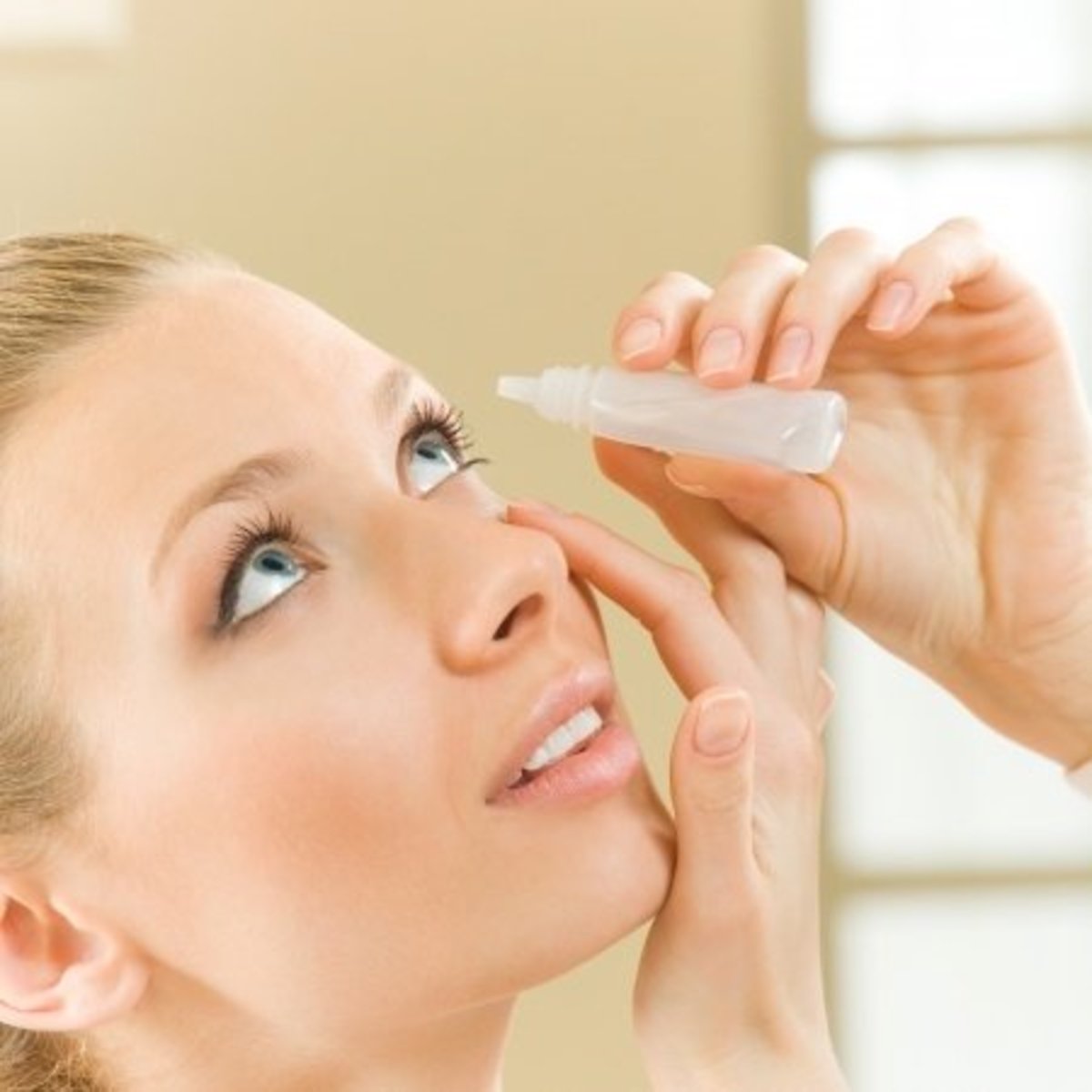Parkinson’s Disease - How It Can Be Managed Effectively?
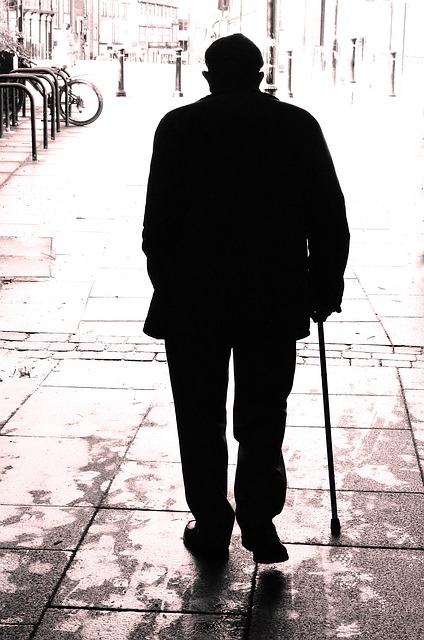
What Is Parkinson’s Disease?
Nearly one million people in United States are affected by Parkinson’s disease and around 60,000 new patients are adding to the existing community of sick people every year, according to the statistics. Normal age for the attack of the disease is over 65 years, but in some cases the disease occurs in younger years also.
Parkinson’s disease is the malfunction of the nerve cells called neurons. Brain is using the help of dopamine-producing cells for the communication functions. But when these type of brain cells (dopamine—producing cells) are destructed in large quantities due to old age or due to some other reasons, the brain fails to do this communication services effectively and that becomes the cause of Parkinson’s disease.
Parkinson’s disease has five different stages and the condition of the patient will become worse with the advancement of the disease to the higher stages:
- In the first stage, the patient suffers only mild symptoms.
- The walking will become difficult in the second stage.
- The condition will become more severe in the third stage and the patient find it is difficult to walk straight or to stand erect.
- The completion of day-to-day function will become impossible in the fourth stage and the tremors will become more severe.
- In the last stage, the patient will become unable to do any movements; so he/she requires complete nursing care constantly.
Parkinson's Disease

Symptoms of Parkinson’s Disease
In addition to the loss of dopamine producing cells, death of more cells in other areas of the brain also contribute to the cause of this disorder. Parkinson’s disease is characterized by certain symptoms in common, but these symptoms may differ when individual cases are taken into account. Following are the common symptoms of Parkinson’s disease:
- Tremor of the arms, legs, jaw and face.
- Stiffness in joints.
- Slowness of movement.
- Light-headedness or fainting.
- Memory loss.
- Disturbing sleep activity.
- Changes in bowel habits.
- Impairment in coordination.
Parkinson’s disease can be identified by the above symptoms showing by the patient. Early diagnosis will help to manage the disorder and to get considerable relief from the symptoms of the disease.
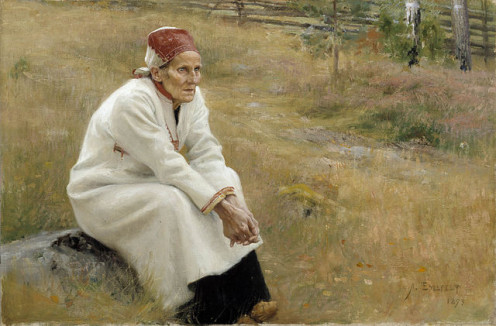
Living With Parkinson’s Disease
Since Parkinson’s disease has no cure, it should be managed wisely to make the life of the patient more relaxed. When one is identified with Parkinson’s disease, it is important to develop an efficient strategy to fight against the disease. First importance should be given to reduce the symptoms and after that the patient has to manage his/her daily living activities, take steps to minimize the side effects, maintain emotional balance, keep good relations with family and social members, carry out works/hobbies as before and find out right method of treatment and support.
Before having this disorder, the patient might not have given much importance to some important things such as doing regular exercises, eating good foods with nutritional values and also in getting good sleep every night. But now, as a patient having Parkinson’s disease, he/she should give more care to lead a healthy living approach by following the tips below:
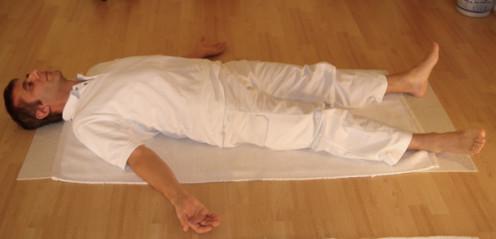
DO EXERCISE REGULARLY: Main discomforts of the disease are tremor in hands and legs, stiffness in joints and slowness in movements. To overcome these disabilities, the patient should do regular exercises. It will improve flexibility, muscle strength, stamina and cardiovascular health. Regular exercise will increase his/her energy, improve sleeping habits and also it is good to reduce the patient's constipation problems.
Before doing exercises, the patient should consult the doctor for guidance and the exercise program should be arranged based on patient’s age and other existing diseases such as diabetes, blood pressure, arthritis etc. Swimming, yoga, dancing and Pilates are some good type of exercises which will give desired results.

EAT NUTRITIOUS FOODS: More strength is required to fight against the symptoms of the disease, so the patient has to eat good nourishing foods. It will help him/her to overcome the common problems found in the some patients with Parkinson's disease such as dehydration, weight loss, bone fracture etc.
Drink more quantity of water than usual; it is better to drink six to eight glasses daily. Doctor's advice should be taken into consideration before planning the patient's diet to avoid interactions of some food items with the medicines prescribed. To ease the patient's bowel problem, include some natural laxatives such as prunes, fibrous foods, vegetables etc. also in the diet.
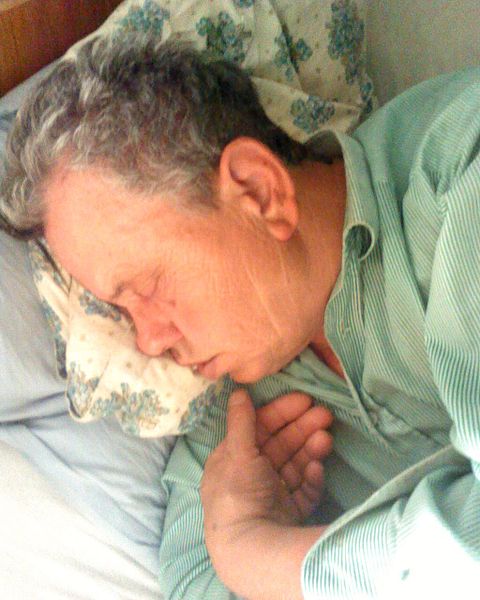
GET ADEQUATE SLEEP: Good sleep is very necessary for the proper functioning of the body and mind of the patient. If the patient is not getting enough sleep or he/she is having problems to get sufficient sleep, the discomforts associated with Parkinson's disease will be increased. So do all the necessary arrangements to get enough sleep. Follow the tips below to get good sleep in every night:
- Go to bed and get up at the same time every day.
- Take the TV out of the bedroom and do not watch TV shows just before sleeping time.
- Reduce caffeine intake, especially in the afternoon.
- Use earplug if some noise disturbance are there in the bedroom.
- Make the bedroom atmosphere comfortable and use this room only for sleeping and resting.
- Weight reduction even little as 20 pounds can help the patient to get a good sleep.
- Doing exercise regularly reduce weight and it makes him/her tired giving good sleep.
- While sleeping, roll to the side if you wake up on your back; it helps keep the throat open.
SEEK THE RIGHT TREATMENT AND SUPPORT: Treatment under the guidance of a professional physician and the support from family and from trained social groups are very important to get relief from the symptoms of the Parkinson’s disease. Always keep an open mind when communicate with physician and with others; express discomforts and feelings openly. Seek the help of local trained social workers or counselors for emotional support. Join in some groups of people having similar physical discomforts and share the experiences with other members. It is a good idea to keep a journal describing the experiences and feelings for others.
How Family and Society Can Become Helpful to the Patients Having Parkinson’s Disease?
A good percentage of the patients (nearly 70 to 80%) need daily care and support from someone from the family; support from the social groups is also valuable to the patients. The caretaker, who is helping the patient can find an experienced physician for the treatment and discuss the treatment particulars with the doctor on behalf of the patient. It is a good plan to learn more about the disease by the caretaker in advance to give better attention and care to the patient.
In consultation with the doctor, the caretaker can plan daily activities of the patient such as exercise, sleep, therapy and medication. He/she can also help the patient to do household activities, dressing etc. The patient will become more dependent when the disease advances to higher stages. Support and care should be given for the physical, emotional and social needs of the patient:
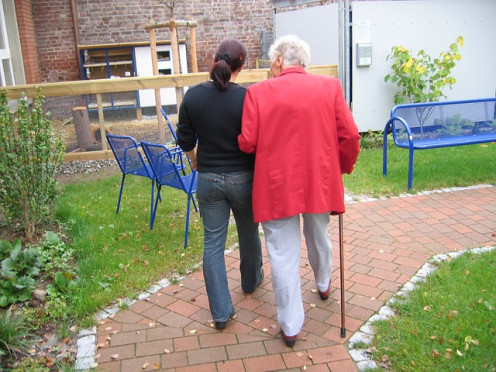
PHYSICAL SUPPORT: Parkinson’s disease obstructs the free movement of the body as before because of tremors and stiffness in joints. The patient may need support for managing daily living activities. Maintain a friendly atmosphere in home and in surroundings to make the life of the patient more pleased. Make them participate in more physical activities and engagements and additional care should be given to the eating and sleeping habits of the patient.
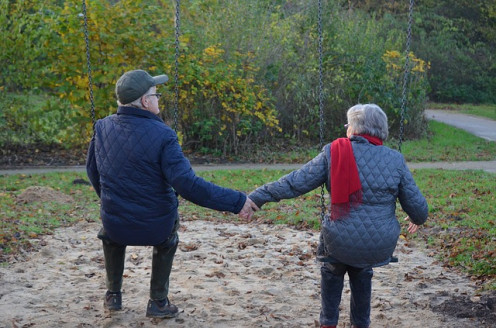
EMOTIONAL SUPPORT: Create a good rapport between the caretaker and the patient and that will let the patient to open and share his mind with the caretaker. Close attention should be maintained for the mental strains such as mood changes, helplessness, loss of interest in pleasures, insomnia or oversleeping, suicide attempts and irritability.
SOCIAL SUPPORT: Help the patient to set up appointments with the doctor and with other supporting social groups. Encouragement should be given to become more active in their works or hobbies. Sometimes patient may request some special demands such as large and lined paper for writing or speaker phone for communication. Make the necessary arrangements for all these changes to make the patient’s life more relaxed and happy.
Parkinson’s disease cannot be cured completely; the symptoms only can be treated. Early detection of the disease will help to get more relief from the unpleasant effects of the symptoms. By using the right type of medicines and by the support from the family/social groups, the patient can continue his living without many problems.




